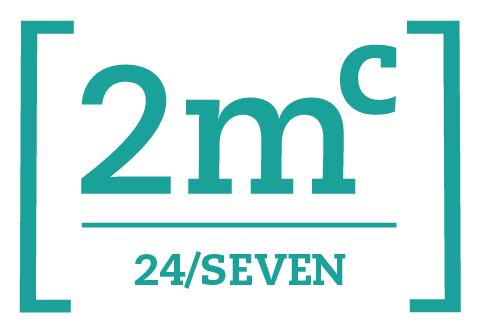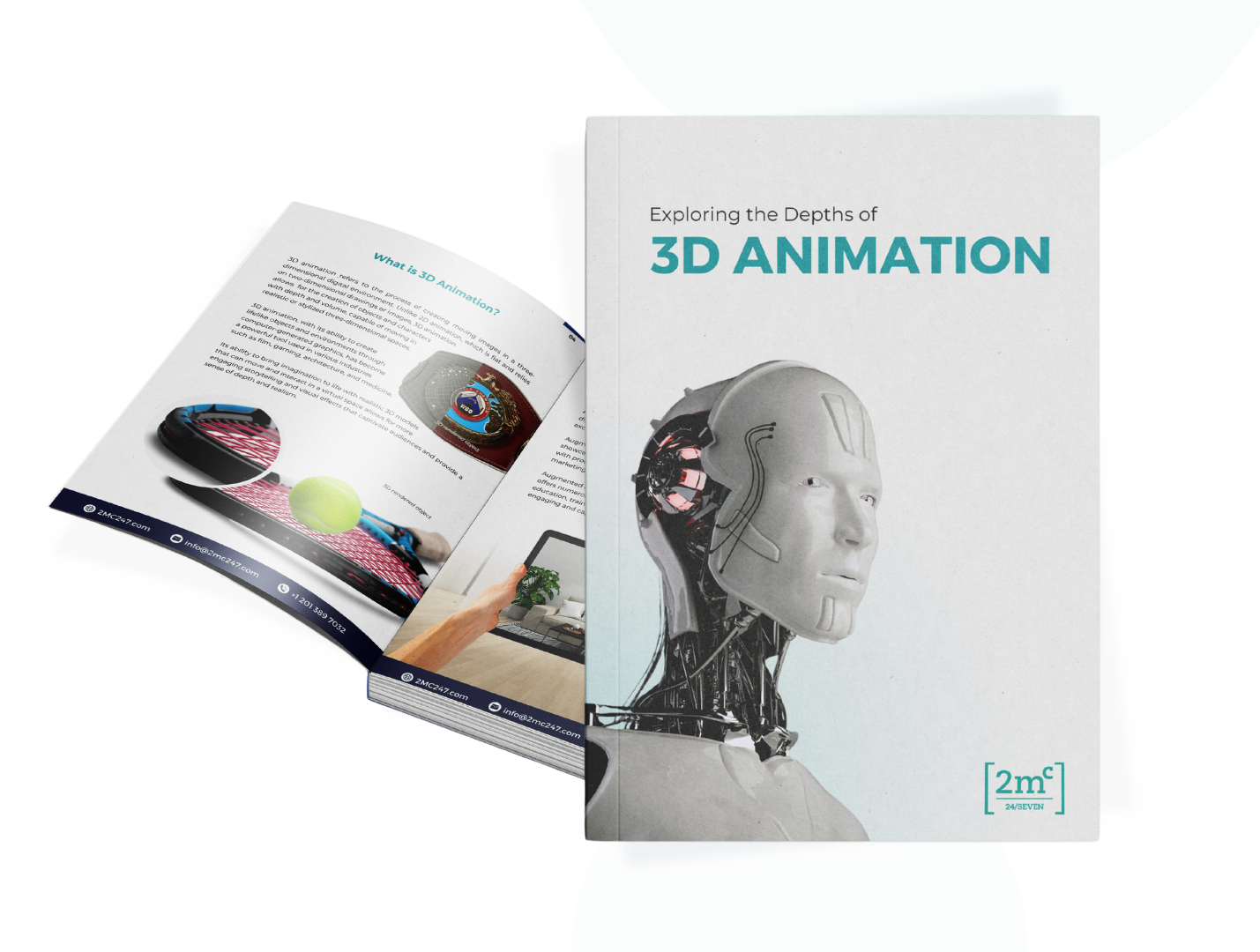Storytelling is a fundamental part of human experience, and brands have long used it to connect with their audience. What sets successful companies apart is their ability to tell stories that go beyond product features, tapping into the values and emotions of their customers. In an age where consumers expect personalization and immersion, brands are discovering the power of 3D configurators. These tools are no longer just for product customization—they have evolved into sophisticated storytelling devices that allow brands to engage customers in meaningful and memorable ways.
Why Storytelling Matters in the Digital Age
Before diving into how 3D configurators are reshaping storytelling, it’s important to understand why storytelling is critical in today’s digital environment. In an era dominated by information overload, consumers are constantly bombarded with marketing messages. This makes it harder for brands to stand out, and simply offering a high-quality product is no longer enough to capture attention. Storytelling, on the other hand, creates an emotional bridge between the brand and the consumer, turning passive engagement into active involvement.
Consumers want more than just a product—they want to be part of a story. The brands that excel are those that invite customers into their narrative, making them feel like key players rather than passive observers. 3D configurators provide a unique opportunity to do this by transforming the shopping experience into an interactive, engaging journey.
How 3D Configurators are Evolving Brand Storytelling
At their core, 3D configurators allow customers to personalize products in real-time, adjusting features such as colors, materials, or layouts. But when used creatively, these tools become a powerful extension of brand storytelling, bringing products to life in ways that connect with consumers on an emotional level. Here are some key ways that 3D configurators are transforming brand narratives:
- Turning Customers Into Co-Creators
Traditionally, brands controlled every aspect of their narrative, from product messaging to how customers interacted with their offerings. However, with 3D configurators, the dynamic changes entirely. Instead of a one-way communication, customers actively shape the story by making design choices that reflect their own tastes and needs. This hands-on involvement turns customers into co-creators of the brand experience.
For instance, a company selling customizable home furniture might allow users to select eco-friendly fabrics or sustainable materials, weaving the brand’s commitment to sustainability into every interaction. The customer doesn’t just choose a product; they participate in a broader narrative about responsible consumption and environmental awareness. This deeper level of involvement fosters a stronger emotional connection between the customer and the brand.
- Creating Immersive Digital Environments
One of the most exciting developments in 3D configurators is their ability to create fully immersive environments. These virtual spaces become an extension of the brand’s story, allowing customers to explore products in a setting that reflects the company’s identity. For example, a car manufacturer might offer a 3D configurator that lets users customize their vehicle while driving through various landscapes, such as a cityscape, countryside, or racetrack. As users tweak the design, the environment might shift to match the mood or performance of their chosen car, blending product customization with brand storytelling.
The beauty of this approach is that it goes beyond the product itself. Customers are not just buying a car; they’re experiencing a lifestyle. They can see how the product fits into their daily life or aligns with their values, whether that be speed, luxury, or eco-consciousness. The product becomes an integral part of a broader story that resonates on an emotional level.
- Tapping Into the Power of Personalization
Personalization is at the heart of modern customer experiences, and 3D configurators make it possible for brands to offer truly unique, tailor-made products. This customization goes hand-in-hand with storytelling by allowing consumers to see themselves reflected in the product. A travel gear brand, for example, might offer a configurator where users can build their ideal backpack based on their next big adventure. As customers customize the size, color, and compartments, they aren’t just selecting features—they’re envisioning themselves on their next journey.
This level of personalization taps into the consumer’s emotions, making the product feel like a companion on their personal adventure, rather than just an object. It’s a subtle but powerful way of embedding the brand into the customer’s life story, making each purchase feel meaningful.
Special Features of 3D Configurators in Storytelling
While traditional forms of storytelling rely on visual or written narratives, 3D configurators take the concept further with unique features that offer brands a distinct advantage. Let’s break down a few of these standout elements:
- Dynamic Visual Feedback: Every choice the customer makes in a 3D configurator is reflected visually in real-time. Whether they change the color of a car or select a new material for a couch, they immediately see how their product evolves. This dynamic feedback creates a more engaging experience, making customers feel connected to the process while reinforcing the brand’s story with every click.
- Seamless Integration of Narrative Elements: Brands can integrate storytelling cues directly into the customization process. For example, a high-end fashion brand might design a configurator that offers limited edition colors or materials tied to a special collection or narrative. As customers explore the configurator, they learn more about the brand’s heritage, craftsmanship, or sustainability efforts.
- Emotional Resonance Through Interaction: One of the most unique features of 3D configurators is their ability to evoke emotional responses through interaction. When customers physically engage with a product—by selecting features, visualizing options, or changing configurations—they are more likely to form an emotional connection. This tactile involvement enhances the storytelling experience, making it both memorable and personal.
The Challenges of Using 3D Configurators for Storytelling
Despite their advantages, there are challenges that come with using 3D configurators to tell brand stories. These tools require a high level of technical expertise and design sophistication to work seamlessly across devices and platforms. Poorly designed configurators can frustrate users, causing them to abandon the process before the story is fully realized.
Additionally, brands must strike a balance between offering enough customization to engage customers without overwhelming them. Too many choices can lead to decision fatigue, which dilutes the emotional connection and weakens the overall storytelling experience. Brands must be mindful of curating a streamlined, intuitive experience that highlights key narrative elements while still giving users the freedom to personalize.
How 2MC 24/7 Can Elevate Your Brand Storytelling
At 2MC 24/7, we understand the unique storytelling potential that 3D configurators hold. We specialize in designing interactive, visually compelling configurators that allow brands to tell their stories in innovative ways. Whether you’re looking to create an immersive experience that transports users into your brand’s world or you want to offer deep product customization that reflects your brand’s values, we can help.
Our team combines cutting-edge technology with expert storytelling techniques to create configurators that aren’t just functional—they’re engaging, memorable, and emotionally resonant. We’ll work with you to ensure that your 3D configurator reflects your brand’s narrative while offering an exceptional user experience that keeps customers coming back.
Ready to transform your brand’s story through 3D configurators? Contact 2MC 24/7 today and discover how we can help you create immersive, interactive experiences that captivate your audience and drive real engagement.





